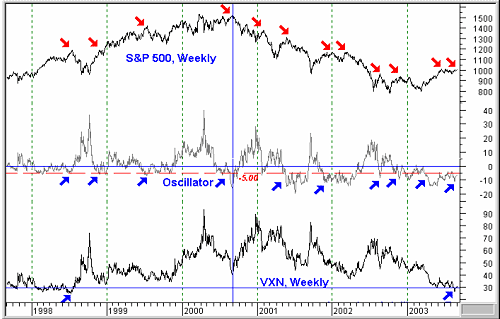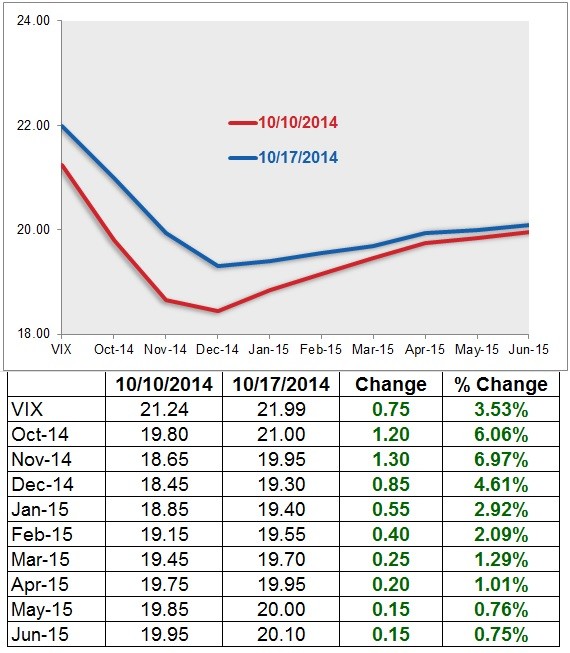Determining Market Direction with VIX
Post on: 30 Апрель, 2015 No Comment

What You Should Know About Determining Market Direction with VIX
The VIX is an indicator for market timing. It is a popular tool and a fairly effective one, but like all other indicators, it should be used with caution and in conjunction with other forms of analysis. Determining market direction with VIX requires you to understand how this indicator is constructed and the different ways in which it can be used to assess equity markets.
What The VIX Is
This is the volatility index for the Chicago Board Options Exchange. It provides a fairly accurate measurement for implied market volatility for various market options according to the S&P 500. This is not the same as statistical or historical volatility. It is the best predictions of investors for short-term market risk.
High VIX vs. Low VIX
With a high VIX there is generally increased fear on the part of investors or greater perceived risk in taking action. With a low VIX, however, investors may become complacent or have a lesser sense of urgency to take action. When the market is tumultuous, the VIX tends to spike. When the VIX is lower, however, there is a lesser fear of risk and a lesser drive to purchase puts.
Using VIX On A Medium-Term Basis

What the VIX is ultimately doing is simply measuring investor fear or the perceived amount of risk. It is like many other emotional gauges in investing that are used as contrary opinion tools to identify market highs and lows. This can also be seen as a simple tool for determining where stocks have been over-sold or over-bought.
Market Timing
The VIX or the fear index as it is commonly referred to, can be used to identify the direction of stock prices. It can also help people to accurately predict turning points in the stock market. The VIX moves inverse to the S&P 500 and investors will find that it is easiest to gauge when there are aggressive drops or other major movements in the S&P 500. Thus, determining market direction with VIX will not be possible at all times. This tool is only appropriate for making market predictions based on market activity of a certain magnitude.
Some traders suggest that this is one of the best gauges of emotion and risk out there. Moreover, there are opportunities for all traders in every market to use this indicator successfully. While it can loosely be termed as a way to measure fear, it more accurately measures investor expectations or what people think will happen. The VIX keeps track of changes in investor emotions or expectations and their impact on options prices. The way in which bearish or bullish traders react to changes in the VIX is vital to note given that this shows what the general attitude to risk currently is. Due to this fact, although the VIX may not be a foolproof tool on its own, it is certainly worth using as part of routine analysis.














